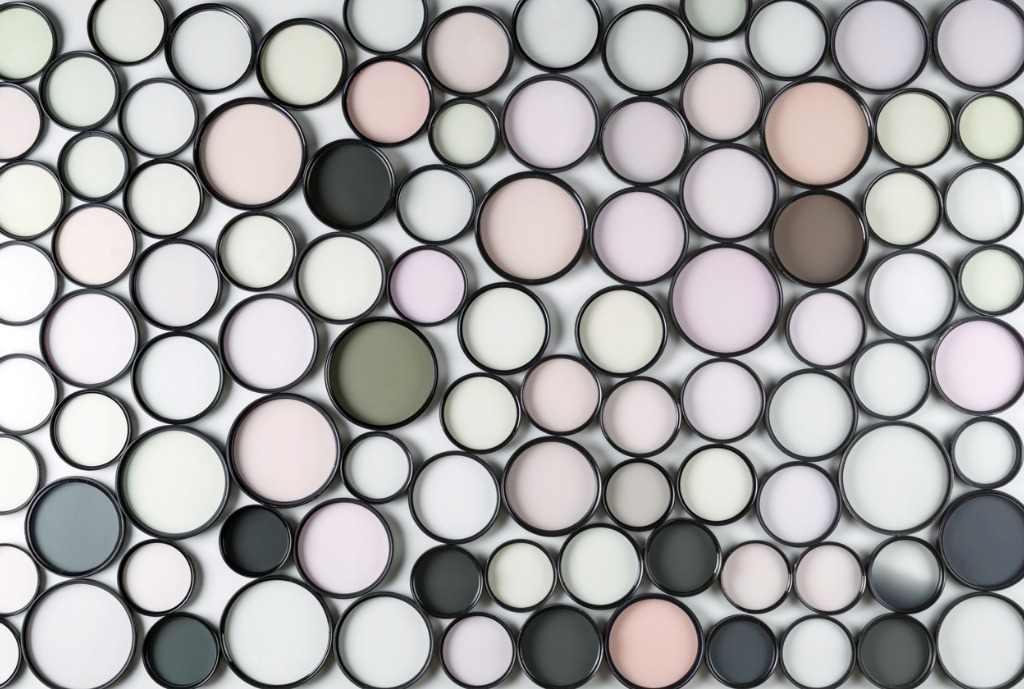Drones for photography are cameras. As with all of our other cameras, there are good reasons to use filters for drone photography.
What are you using as drone photography gear? The number of choices for drone filters are going up, both from the drone manufacturers and from third party filter makers like PolarPro Filters and Tiffen Filters.


Filters for Drone Photography

Photo by Lukas Rodriguez from Pexels
Does one need drone filters? What filters should you have in your drone photography gear? What other drone photography tips are beneficial?
Just as with regular photography, two of the most useful filters for drone photography are circular polarizer (C-POL) filters and neutral density (ND) filters. The very popular graduated neutral density (GND) filters aren’t that practical for drone photography, primarily due to needing exact positioning placement for best effect.
Recommended Drone Photography Reading:
- Drone Photography Basics: Your Guide to the Camera in the Sky
- Drone Photography Explored: Beautiful Drone Photography
C-POL Filter

Photo by Tobias Bjørkli from Pexels
The circular polarizer filter is a must have filter for serious photographers. It can be used in many situations for a variety of purposes. A polarizer removes or reduces glare and reflections and also helps capture full color depth due to reducing glare.
For drone photography, polarizer filters will improve the end result of still images and video footage. Much of the subject matter a lot of drone photographers use their drone cameras for tend to include large areas of surfaces that can be reflective. Photo elements such as wet lawns, pools, lakes, and city streets and parks can be imaged better with a polarizer filter.
ND Filters

Neutral density are vital filters for drone photography and videography because of the limited range of exposure options in many high end photographic drones.
For instance, the DJI Mavic 2 Pro has one of the best cameras available in a reasonably priced drone, the 20MP Hasselblad L1D-20c gimbal camera with a rather large-for-a-drone 1-inch type sensor and 4K 10-bit HDR video capture capability.

The maximum aperture of the 28mm full frame equivalent lens is f/2.8, but it only stops down to f/11.0. Combined with an ISO range of 100-6400 and shutter speeds up to 1/8000 second, this combination is well-suited to many exposure situations, but it could sometimes use a little help in bright daylight lighting.
A neutral density filter will allow you to get back into moderate shutter speeds and apertures to take advantage of the sweet spot of the lens and for a more natural appearing video feed with a slower shutter.
PolarPro Filter Kits

Sticking with our example drone, the DJI Mavic 2 Pro, you can find a great set of filters for a very reasonable price, the PolarPro filters.
What I like about this kit is the multiple filters in very usable strengths. There are 3 separate ND strengths and 3 hybrid combination filters with polarizer and neutral density together. The ND filters provide for reducing the shutter speed or adjusting lens aperture without changing color profile.
With the ND filters you can reduce the video recording shutter speed to cinematic levels for a more natural appearance when played back.
Using the hybrid ND/POL drone filters, you also gain the benefit of reducing glare and reflections while improving color rendition.
Get a detailed review of these filters in the video above by 51 Drones.
Other Drone Photography Tips

Photo by Adil from Pexels
Besides those two basic and very important uses, your drone photography and videography can make use of slower shutter speeds and wider apertures for other techniques.
By opening up the aperture, you can limit focus to show what you want to emphasize. Since it’s all part of the Exposure Triangle, changing aperture also lets you adjust the shutter speed for your specific imaging needs.
When recording video footage, whether A-Roll or B-Roll, being able to slow down the shutter speed helps eliminate that choppy, hard feel that fast shutters in video tend to produce. Also, if you’re using the dorne for B-Roll, it lets you match what you shot for A-Roll, so the editing blends in better.
The PolarPro filters made for the DJI Mavic 2 Pro are perfectly balanced for use on the gimbal mounted camera. They do not affect any camera movement and all of the drone flight modes are workable with the filters mounted.
How To Adjust a Polarizer On a Drone

Photo by Jeremy Bishop from Pexels
One of the questions going through your mind is how to adjust the polarizer from the ground when your drone is in the air. Well, you have to adjust ahead of time. The instructions with the filters show you the best method and it works pretty well.
It’s a “best guess” scenario, but you can get it close to optimal and it will still be far superior to not using a polarizer at all. Before any paid gigs, be sure to practice!
Using filters for drone photography is a good idea. The cameras have advanced so much in a very short time. And they are generally very affordable now as well. Try out your favorite filters on your own drone and see the difference they make.
This blog post about "Filters for Drone Photography" was first published on our website here https://www.photographytalk.com/having-the-right-filters-for-drone-photography